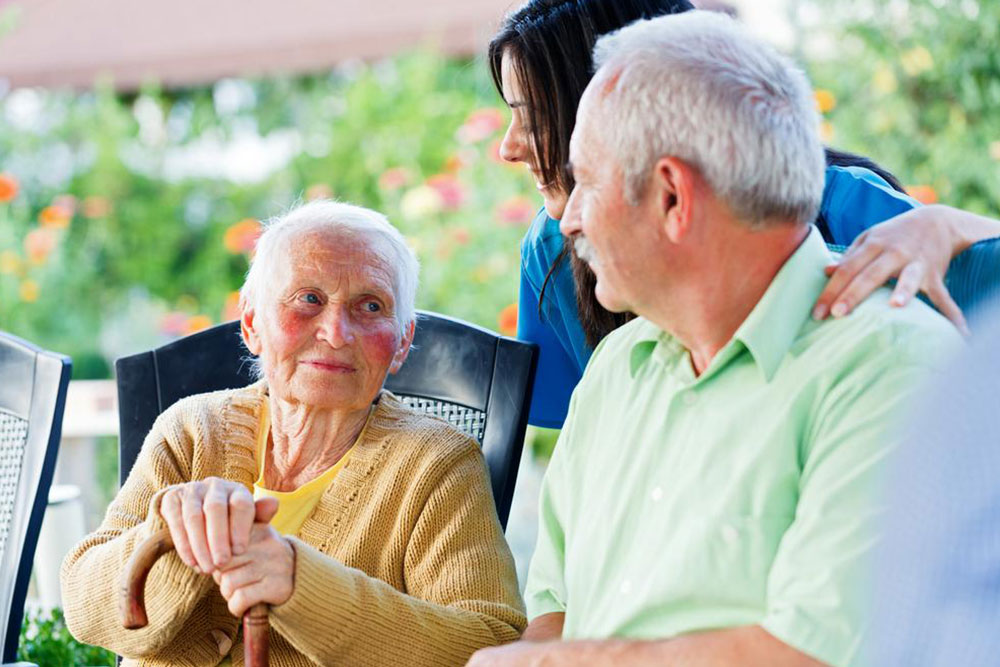Comprehensive Guide to Parkinson's Disease: Causes, Symptoms, Diagnosis, and Management Strategies
This comprehensive guide explores Parkinson's disease, covering its causes, risk factors, symptoms, diagnostic methods, and current treatment options. Emphasizing early recognition and management strategies, the article aims to educate readers about this progressive neurodegenerative disorder to promote better health outcomes and improve quality of life.

Comprehensive Guide to Parkinson's Disease: Causes, Symptoms, Diagnosis, and Management Strategies
As we age, our bodies undergo a myriad of physiological and neurological changes that can increase vulnerability to various health conditions. One particularly significant and challenging neurodegenerative disorder is Parkinson's disease, which affects millions worldwide. Early detection and proper understanding of this disease are crucial for improving quality of life and managing symptoms effectively. This comprehensive guide delves into the causes, symptoms, diagnosis process, and the latest treatment options available for Parkinson's disease, empowering readers with vital knowledge to recognize and respond to this condition effectively.
What is Parkinson’s Disease?
Parkinson’s disease is a progressive neurological disorder that primarily impacts the movement control centers of the brain. It is characterized by the degeneration of specific neurons in an area called the substantia nigra, which are responsible for producing dopamine, a crucial neurotransmitter that influences movement, mood, and coordination. The reduction of dopamine levels leads to the hallmark motor symptoms associated with Parkinson’s, including tremors, muscular rigidity, bradykinesia (slowed movement), and postural instability. As the disease advances, individuals may experience a host of non-motor symptoms such as mood disorders, cognitive impairment, sleep disturbances, and autonomic dysfunction, significantly affecting daily life and overall well-being.
Understanding the Causes and Risk Factors of Parkinson’s Disease
The precise cause of Parkinson’s remains elusive, yet extensive research has identified several factors that may contribute to the development of this complex neurological disorder. The disease develops when dopamine-producing neurons in the brain die or become severely damaged, disrupting normal communication between nerve cells. Here are some key factors associated with increased risk:
Genetic predisposition: Certain genetic mutations have been linked to familial forms of Parkinson’s. Although these cases are relatively rare, having close relatives with Parkinson’s can slightly elevate an individual’s likelihood of developing the disease.
Environmental influences: Exposure to certain toxins or chemicals such as pesticides or heavy metals may increase risk. Occupational hazards and living in polluted environments have also been studied for potential links to Parkinson’s.
Age: The likelihood of developing Parkinson's significantly increases after the age of 60. It is considered a quintessential age-related disorder, although early-onset cases can occur.
Gender: Men are statistically more susceptible to Parkinson's than women, possibly due to hormonal or genetic differences.
In addition to these, the presence of Lewy bodies—abnormal protein deposits within nerve cells—is a hallmark of Parkinson’s pathology. Although research continues to uncover the precise mechanisms driving neuronal death, current understanding underscores a multifactorial origin involving genetics, environment, and aging processes.
Recognizing the Symptoms of Parkinson’s Disease
Identifying Parkinson’s early can be challenging due to its subtle initial symptoms, which often mimic other benign conditions. Symptoms are broadly categorized into motor and non-motor manifestations. Early signs can include:
Tremors: Involuntary shaking, often starting in a finger or hand, especially when at rest.
Muscle stiffness: Rigidity that causes resistance to movement and discomfort.
Slowed movements: Bradykinesia, evident as decreased arm swing, slowed walking, or difficulty initiating movement.
Balance and coordination issues: Increased fall risk, gait abnormalities, shuffling steps.
As the disease progresses, additional symptoms may appear, including:
Depression and emotional changes
Sleep disturbances such as REM sleep behavior disorder
Autonomic dysfunction like urinary urgency or constipation
Speech and swallowing difficulties
Cognitive impairments and memory loss
It is important for individuals experiencing these symptoms, especially if they are persistent, to seek medical evaluation promptly.
Diagnosing Parkinson’s Disease: Challenges and Approaches
Currently, there is no definitive laboratory test for Parkinson’s disease. Diagnosis relies heavily on clinical assessment, including medical history, symptom review, and neurological examination. Clinicians look for characteristic motor signs, response to dopaminergic medications, and ruling out other conditions with similar symptoms, such as essential tremor or atypical parkinsonian syndromes.
Imaging techniques, like dopamine transporter (DAT) scans, can support diagnosis by visualizing dopamine system impairment but are not conclusive on their own. Growing research into biomarkers holds promise for earlier and more accurate diagnosis in the future.
Managing Parkinson’s Disease: Current Treatment Strategies
While there is no cure for Parkinson’s disease, a variety of treatments exist to control symptoms and enhance quality of life. The primary treatment approach involves pharmacotherapy aimed at replenishing dopamine and managing neural imbalances.
Common medications include:
L-dopa: The most effective drug, converted into dopamine in the brain, alleviating motor symptoms significantly. It is often combined with Carbidopa to prevent peripheral conversion and reduce side effects.
Monoamine oxidase-B (MAO-B) inhibitors: Drugs such as selegiline and rasagiline help slow dopamine breakdown.
Dopamine agonists: Medications like pramipexole or ropinirole that mimic dopamine effects.
In addition to medication, non-pharmacologic therapies play a vital role. Physical therapy improves mobility and balance, speech therapy addresses speech and swallowing issues, and occupational therapy assists with daily activities. Deep brain stimulation (DBS), a surgical intervention, can be effective for patients with advanced disease unresponsive to medications.
Emerging research focuses on gene therapy, stem cell applications, and neuroprotective agents aimed at slowing disease progression. Lifestyle modifications, including regular exercise, a balanced diet, and mental health support, are integral components of comprehensive care.
Early diagnosis, personalized treatment plans, and multidisciplinary care teams are essential in managing Parkinson’s disease effectively, helping patients maintain independence and improve their quality of life over the course of the illness.





